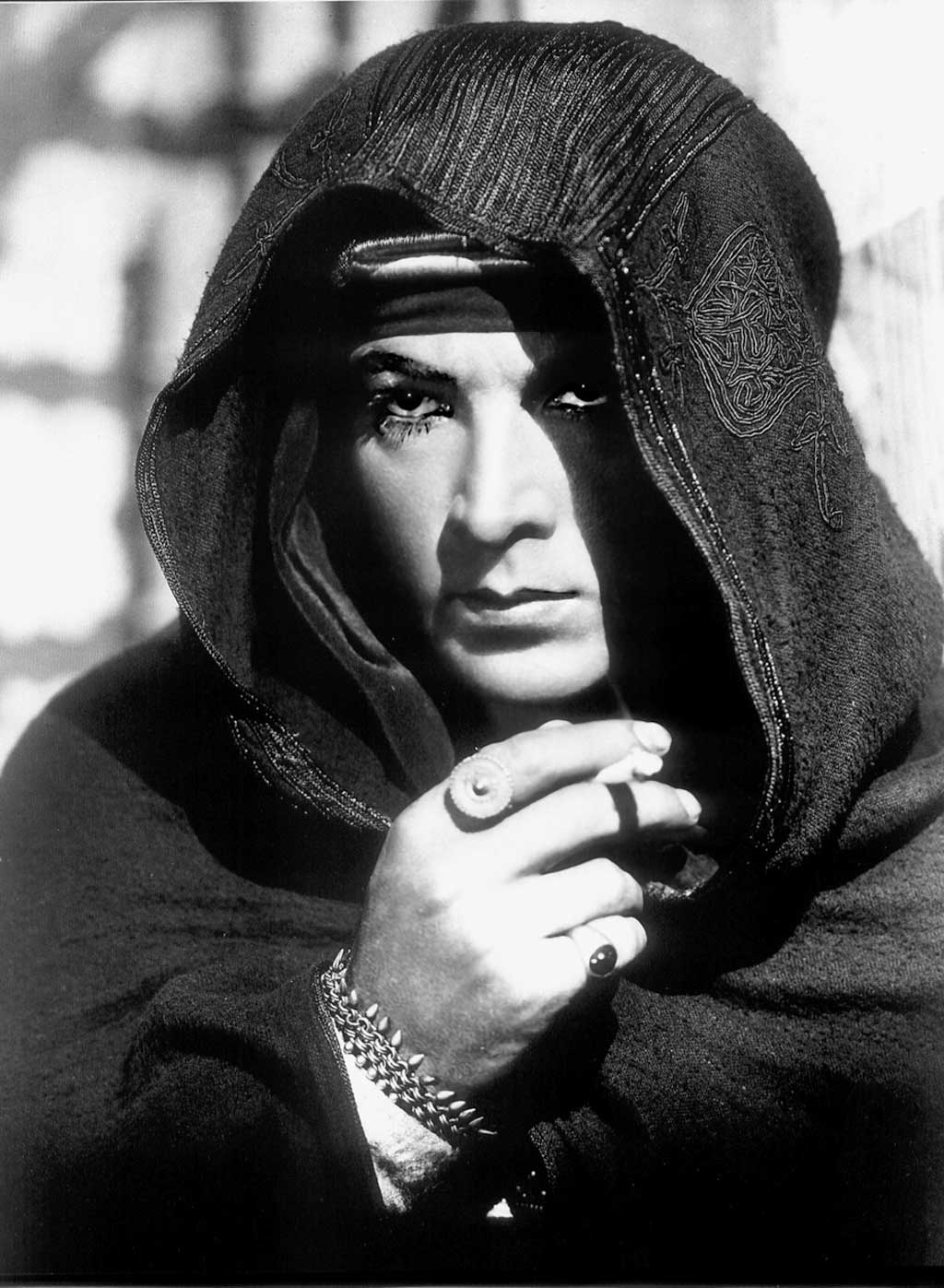By Eric Kohanik, ReMIND Magazine
Those Hollywood heartthrobs. They always light up the silver screen and cause hearts to flutter far and wide.
It was probably Rudolph Valentino who got that ball rolling. One of the most famous silent-film icons, Valentino was THE sex symbol of the 1920s. Often cast as a villain during his early film days, he got his big break in a 1921 production called The Four Horsemen of the Apocalypse. But it wasn’t until later that year that a film called The Sheik would solidify him as a romantic hero.
Offscreen, Valentino was arrested and put on trial for bigamy, which further boosted his allure. Widely known as the “Latin Lover,” his untimely death in 1926, at the age of 31, caused mass hysteria — possibly even suicides — among the multitudes of fans (especially female) who idolized him.
Tab Hunter carved out a different niche when it came to being a heartthrob. Although he acknowledged that he was gay in his 2006 autobiography, the studio-publicity machine had fiercely downplayed that notion during the height of his fame in the 1950s, even going so far as to cook up fictitious romances with costars like Natalie Wood (The Burning Hills) and Debbie Reynolds (The Pleasure of His Company) in order to maintain Hunter’s image as one of Hollywood’s top romantic leads.
When it came to screen sex symbols of the 1950s and 1960s, Troy Donahue was certainly a high-caliber candidate. Blond, blue-eyed and tanned, Donahue got his first big break in a 1959 film called A Summer Place. But it was later stints in such TV series as Surfside 6 and Hawaiian Eye that brought his charisma right into the living rooms of his fans.
Of course, television expanded the charismatic reach of most Hollywood heartthrobs, exposing them to millions more fans. TV also broadened the scope of what made those hotties so hot. Before Robby Benson found fame as Billy Joe McAllister in 1976’s Ode to Billy Joe, for instance, he cut his teeth on TV, thanks to an early role on a daytime soap called Search for Tomorrow.
For others, meanwhile, it was just the simple nature of a particular TV character that endeared them to fans. The humble persona of John-Boy Walton, for instance, instantly gave Emmy Award winner Richard Thomas an alluring presence on The Waltons. Meanwhile, at the other end of the behavioral spectrum, it was the raw good looks and girl-chasing charms of Mike Seaver that propelled teen actor Kirk Cameron into the heartthrob arena.
Of course, Cameron wasn’t the first young star to become desirable via the magic of television. Back in the 1950s and 1960s, child actors of various sorts secured places in the hearts and minds of avid young fans, becoming darlings of their particular age groups. And usually, it was that fresh-faced innocence that really bolstered their appeal.
Dwayne Hickman tapped into something special and different in 1959, when he stepped into the title role of The Many Loves of Dobie Gillis. It was the first network TV show to revolve primarily around the lives of teenagers. And, by breaking down the fourth wall and talking to the audience, Hickman made direct eye contact with his adoring followers as Dobie relayed his easily identifiable struggles with teen life.
Breaking down the fourth wall and exuding such overt magnetism wasn’t only the domain of young male stars like Hickman, though. There were females who pulled it off as well.
In 1965, for instance, a young Sally Field spoke directly to the audience and won over the first of her millions of avid fans as that fresh-faced teenager in the title role of Gidget. Field didn’t stop there, though. After that short-lived show ended in 1966, Field kept her momentum going by bringing that innocence back to the TV screen a year later — as Sister Bertrille in The Flying Nun.
Brought to you by the publishers of ReMIND magazine, a monthly magazine filled with over 95 puzzles, retro features, trivia and comics. Get ReMIND magazine at 70% off the cover price, call 844-317-3087 or visit remindmagazine.com
Photo Caption: Rudolph Valentino

